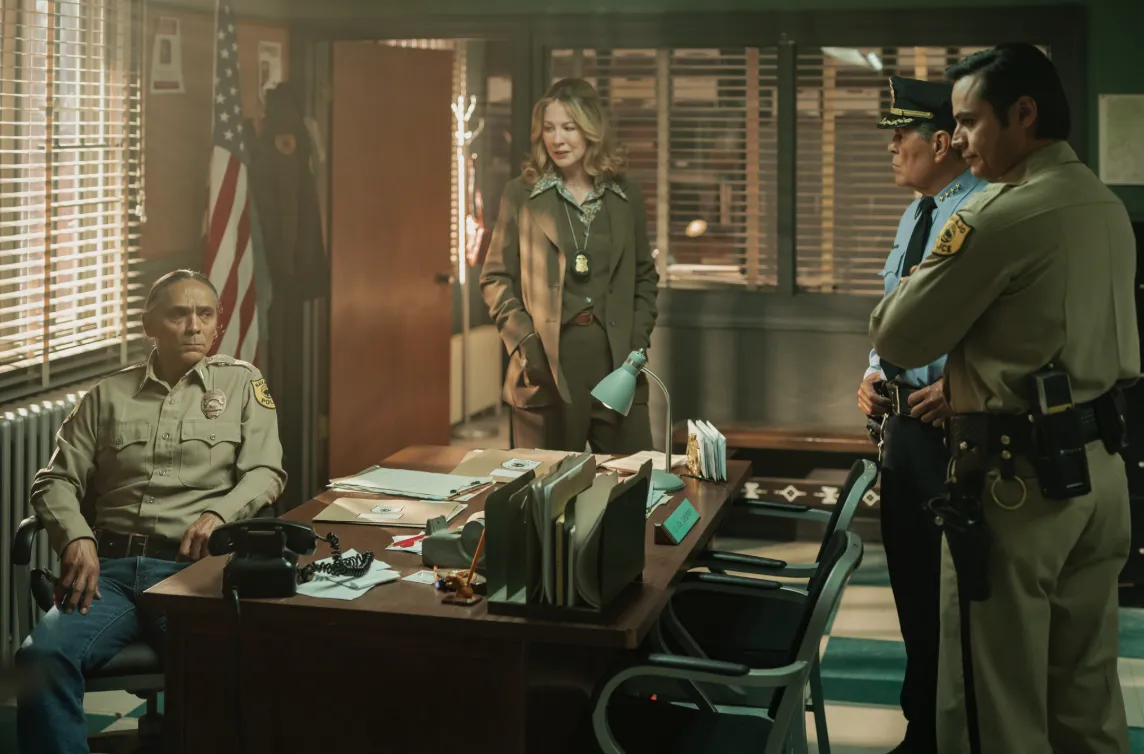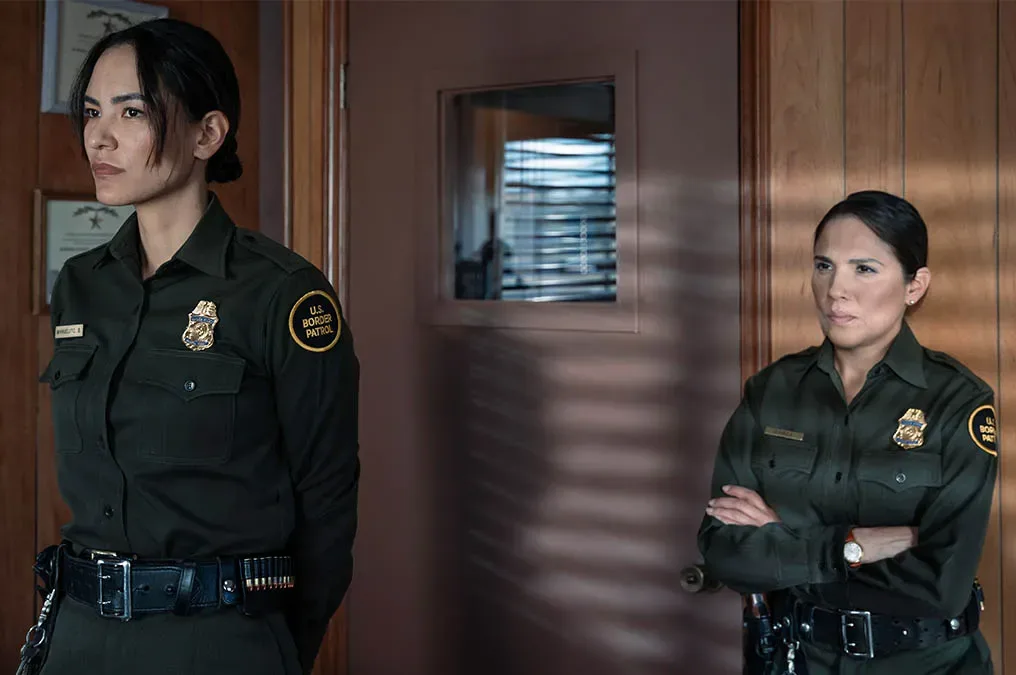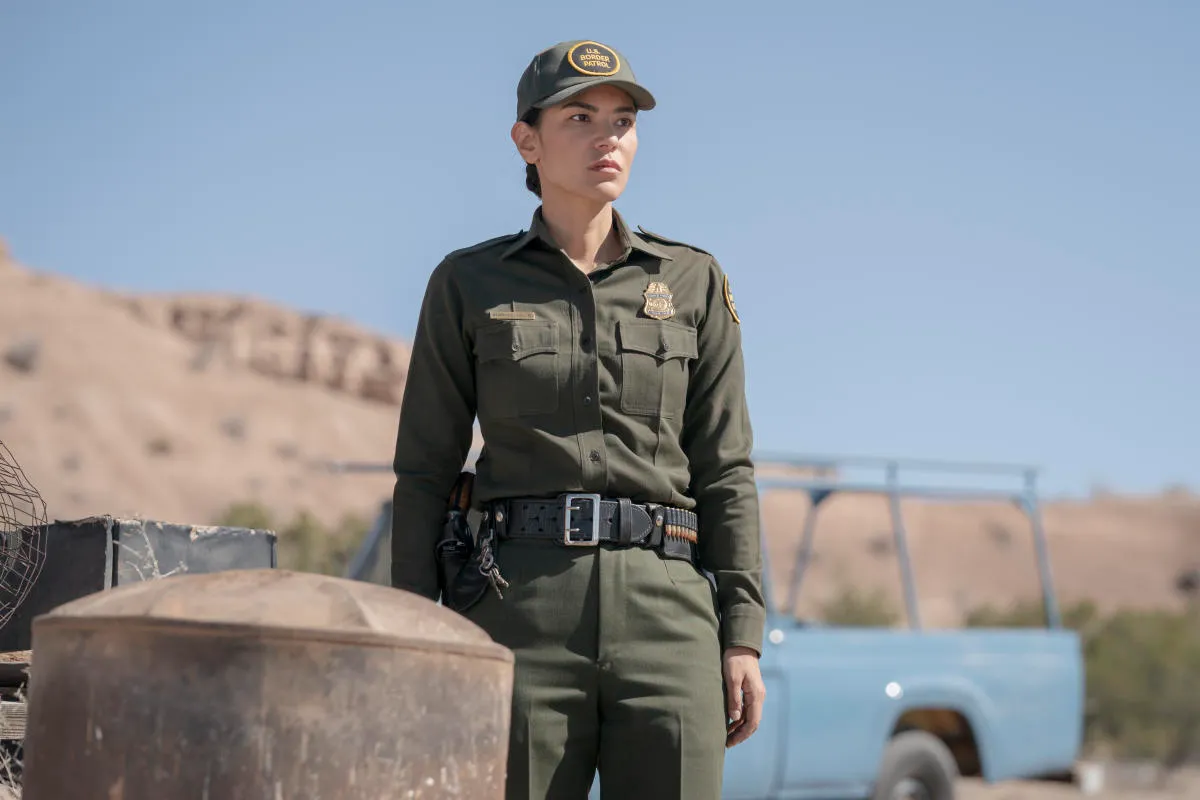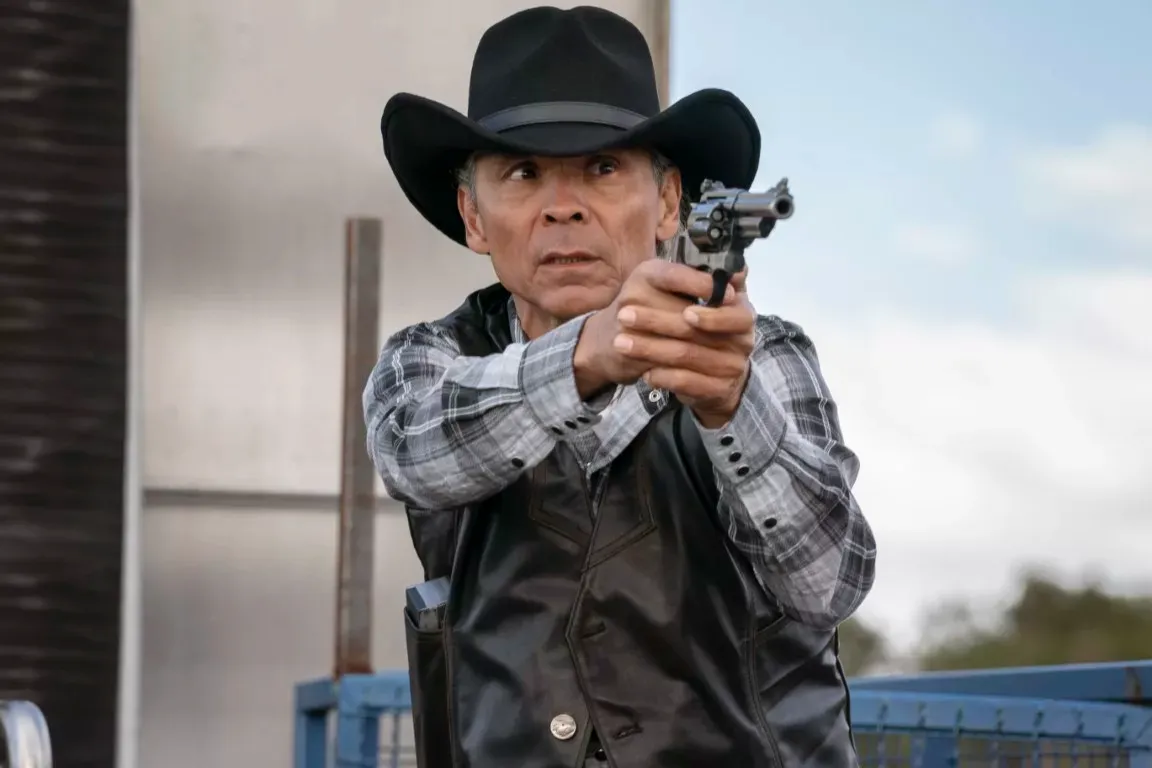Adapted from Tony Hillerman’s Leaphorn & Chee novels, the series situates its narrative in 1970s New Mexico and the Navajo Nation.
The setting emerges as a critical element that informs the show’s mood and narrative rhythm. The rugged terrain, expansive deserts, and storied cultural landmarks offer a backdrop where local traditions intersect with the realities of modernity.
This historical canvas brings forward a distinct portrayal of a community marked by rich heritage and resilience, providing viewers with a window into a world seldom portrayed with such care on television.
The series places authentic Native American representation at its forefront, presenting characters whose lives and struggles are deeply rooted in their cultural environment.
The production makes deliberate choices in casting and visual storytelling that lend credibility to this portrayal, allowing the audience to experience the nuanced interplay between Indigenous traditions and contemporary issues.
In an industry often criticized for misrepresenting or marginalizing minority narratives, the series contributes to a shift in television storytelling that opens up new avenues for voices previously unheard.
The deliberate depiction of cultural customs and the social dynamics of the Navajo Nation marks a significant moment in media, challenging conventional representations and enriching viewers’ understanding of historical and cultural diversity.
Plot and Storytelling: Unraveling Complex Narratives
The series follows Lt. Joe Leaphorn and Jim Chee as they probe the disappearance of two teenagers, a case that entwines unresolved events from previous episodes with the fresh mystery at hand.
The investigation becomes a conduit for exploring the impact of past actions on current realities, emphasizing how personal history shapes each character’s decisions.
In a setting where the echoes of former events remain ever-present, the case serves as a narrative device to reveal hidden emotional scars and the ongoing conflict between duty and personal guilt.
Parallel to the main investigation, Bernadette Manuelito steps into a new role with the Border Patrol, opening a side story that intersects with the primary plot. Her storyline, marked by a shift in her professional identity, brings a different perspective on authority and cultural identity.
The series employs various narrative techniques, including the use of flashforwards, dream sequences, and striking symbolic imagery.
For instance, the opening scene with a fallen flashlight paired with a familiar musical cue sets an unexpected tone, challenging conventional crime drama formats and inviting viewers to read between the lines.
The pacing throughout this season is measured and thoughtful, allowing space for characters to reflect on their inner lives. Moments of deliberate quiet serve as a counterpoint to high-tension sequences, letting the audience absorb the emotional weight carried by the protagonists.
This careful balancing of tempo ensures that the unfolding mystery is not rushed but given time to breathe and evolve naturally.
The interplay between multiple storylines creates a layered narrative where each subplot contributes its own texture to the overall atmosphere.
This multifaceted approach reflects current trends in television, where intricate storytelling and cross-cut narratives invite viewers to engage with the material on several levels simultaneously.
Character Development and Performances: Faces of the Investigation
The narrative centers on Joe Leaphorn, whose character carries the weight of past decisions and the pain of loss. His internal struggle is evident in every measured glance and quiet pause, as he contends with the emotional cost of his actions while confronting present challenges.
Joe’s portrayal captures the wear of unspoken regret and the burden of duty, making his evolution through hardship a focal point for the audience.
Jim Chee provides a counterbalance to Joe’s tormented path. His role in the investigation is marked by a steady determination and a heartfelt reconnection with the heritage that defines him.
Jim’s steady resolve and moments of reflective calm contribute a grounding force to the storyline, inviting viewers to see the investigation as not just a professional duty but also a personal reaffirmation of identity.
Bernadette Manuelito’s arc offers a distinct perspective on change and resilience. Transitioning into a role with the Border Patrol, her character navigates a new career path while confronting a complex conspiracy that threatens her sense of belonging.
Her evolution is portrayed with a mixture of quiet strength and visible vulnerability, adding a fresh counterpoint to the male-led investigation.
New faces such as FBI Agent Sylvia Washington, oil baron Tom Spencer, and Border Patrol Agent Ivan Muños enrich the storyline by introducing fresh dynamics.
Their presence intermingles with the core team, creating moments of unexpected humor and pointed irony that highlight both the strengths and the frailties of the established characters.
Interactions between Joe and Emma, as well as the rapport within the investigative team, are marked by subtle exchanges that speak volumes about shared histories and unspoken support. The actors deliver performances that capture a range of emotions with precision, providing viewers with an intimate look at the personal sacrifices and hidden scars that define their lives on screen.
Themes and Cultural Significance
The series makes a deliberate effort to portray Indigenous characters with a level of depth rarely seen on television. Its depiction of Native American individuals is careful and respectful, offering characters whose lives are firmly anchored in their cultural practices and historical experiences.
The narrative refrains from simplistic stereotypes, presenting instead a panorama of personalities that mirror the challenges and strengths inherent in the Navajo community. This approach invites viewers to reconsider long-held assumptions about identity and agency.
The storytelling also incorporates elements of Navajo spirituality and folklore, embedding traditional myths and legends within the fabric of its narrative. Visual cues and symbolic sequences hint at mystical forces that blur the lines between tangible events and spiritual experiences.
Such moments are not mere ornamental devices but serve as critical windows into a world where ancestral beliefs shape contemporary lives, prompting a reexamination of how modern media can incorporate time-honored traditions without compromising authenticity.
Themes of retribution, regret, and the burden of moral choices run through the series. Characters grapple with personal failings and the lingering effects of past decisions, casting their professional endeavors in a light that is both personal and reflective of wider social issues.
The tension between personal justice and societal accountability is palpable in scenes where characters confront the repercussions of actions taken long ago. This narrative thread raises provocative questions about the nature of responsibility and the high cost of honor.
The series also uses the weight of personal history as a driving force for character behavior. Unresolved pain and lingering remorse are revealed through quiet, introspective moments and carefully constructed flashbacks.
These narrative choices enrich our understanding of each character, laying bare internal conflicts that reverberate through every decision they make on screen.
Visual Style, Cinematography, and Production Design
The show presents New Mexico’s striking geography with a precision that amplifies its themes. Expansive deserts and steep canyons appear in every scene, rendered with a visual clarity that emphasizes isolation and the stark reality of the setting.
Cinematic techniques, such as wide-angle shots and meticulous framing, capture the immensity of the landscape alongside the quiet moments of character struggle, turning each frame into a subtle narrative device.
Lighting and color choices craft an atmosphere charged with tension and mystery. Shadows play against soft hues during quiet interludes, while piercing visuals emerge during moments of heightened emotion.
A carefully chosen musical score, featuring select tracks like “Space Oddity,” blends with the imagery to form a cohesive auditory and visual experience that deepens the viewer’s immersion.
The production design is meticulously assembled to evoke a distinct historical period. Set pieces such as the Navajo Tribal Police department and period-specific interiors are recreated with an eye for authenticity.
Props, costumes, and historical details are integrated with precision, situating the story firmly within its time and place, and contributing to a narrative richness that informs the series’ overall aesthetic.
Direction, Writing, and Adaptation
The writing skillfully balances multiple narrative threads, delivering a storyline that is both intricate and coherent. The dialogue is precise, capturing the unique voices of characters while weaving complex plot elements into a seamless narrative.
Subtle character development is evident in each scene, where even brief exchanges carry weight, reflecting a script that is conscious of its dual commitments to entertainment and thoughtful storytelling.
The series translates Tony Hillerman’s novels into visual form with care. It preserves the literary spirit through deliberate choices in dialogue and scene construction, even as it transforms written nuance into on-screen authenticity.
The adaptation grapples with cultural nuances and historical detail, achieving a visual language that mirrors the depth of its source material.
The director and showrunner play pivotal roles in crafting a season that is both paced with precision and rich in thematic texture.
Their creative vision is evident in moments that capture emotional intensity, as well as in choices that emphasize the show’s connection to its cultural roots.
Through deliberate scene construction and a well-defined narrative structure, the team establishes a tone that is both engaging and reflective of broader shifts in how stories are told on streaming platforms.
Final Reflections and Lasting Impact
Season 3 intertwines multiple narrative threads, centering on characters molded by past missteps and a firm commitment to their personal codes.
The intricate storyline portrays personal struggles alongside professional responsibilities, exposing tensions between individual choices and community ties.
By presenting Indigenous experiences through carefully crafted characters and settings, the series provides a window into realities often overlooked.
Its narrative structure and deliberate pacing introduce a model for televised drama on streaming platforms that engages with pressing societal shifts.
This season demonstrates a refined approach to storytelling that addresses sensitive issues with nuance and wit, subtly questioning industry oversights while affirming the value of authentic representation.
The season leaves an enduring impression that hints at new directions for television, one that might influence future productions in handling social and historical themes with a balance of realism and imaginative insight.
The Review
Dark Winds Season 3
Season 3 stands out as a thoughtful, character-driven installment that captures the essence of its cultural backdrop with clarity and precision. It challenges traditional storytelling while offering a refreshing, authentic perspective on Indigenous experiences, making it a compelling watch for those seeking nuanced drama.
PROS
- Strong performances with nuanced character portrayals
- Authentic portrayal of Native American culture and history
- Innovative narrative and visual storytelling
- Rich cinematography and immersive production design
CONS
- Occasional uneven pacing
- Complex narrative may challenge casual viewers





















































